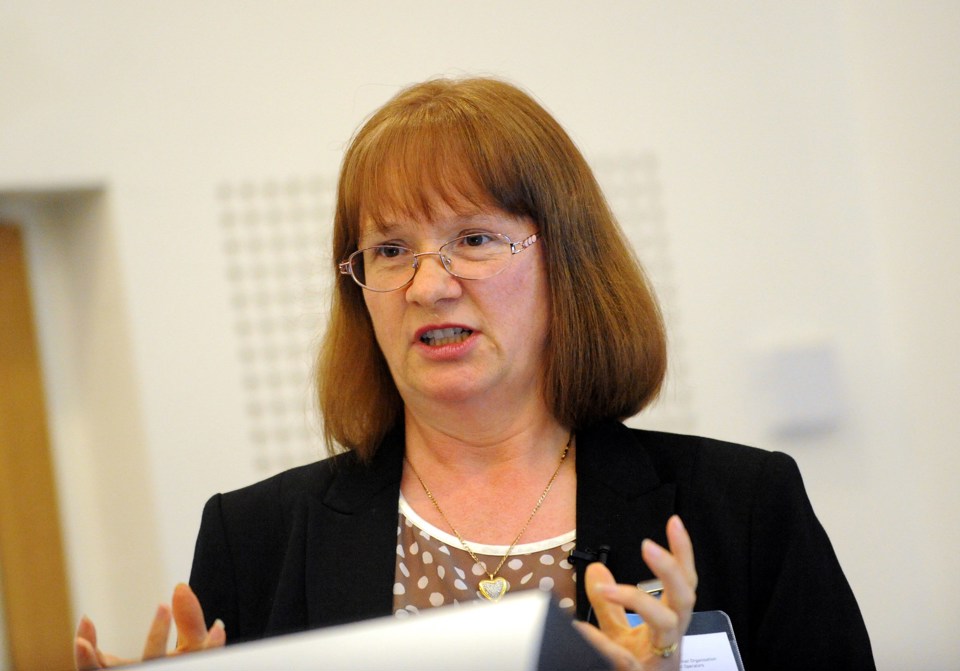Highways England admitted to 'teething problems' with the newly-introduced Dart Charge at a seminar organised by fleet operators' association ACFO.
Fleet managers have complained of a huge increase in administration following introduction late last year of the Dartford Crossing charging scheme.
There have been numerous complaints from fleet managers related to the introduction of Dart Charge including an inability to access online accounts, vehicles charged in error and complexity surrounding account administration.
Heather Lang, central on road area manager, Highways England, which has overseen introduction of Dart Charge on behalf of the Government and outsourced its operation to Sanef, told delegates there had been “teething problems”.
She said: “That said, we have got something like 93% compliance on the first attempt of paying and using the online system, and 93% is pretty good for a new online system.
"There is a lot of work in terms of the initial set-up, but once it’s done we are finding a lot of people are doing it automatically. We are still taking feedback. It’s a new system and we are still fine-tuning it.”
Asked about the possibility of more road charging schemes being introduced, Lang said: “Plans to charge on other roads will not be a Highways England decision.
"It will be a Government decision about how they intend to manage road charging.”
Highways England says its ambition for the next 25 years is to “revolutionise” the road network by “creating a strategic road network that supports a modern Britain making a real difference to people’s lives and businesses’ prospects”.
Highways England is responsible for driving forward the country’s motorways and major A roads, which includes modernisation and maintenance, as well as running the network, keeping traffic moving.
By 2040, Highways England’s targets include:
- The number of people killed on the strategic road network approaching zero with a reduction to no more than 1,393 people killed and seriously injured across the network in a year by the end of 2020 - a 40% reduction
- Road user satisfaction levels of 96%
- A free-flow core network, with mile-a-minute speeds increasingly typical to aid journey planning
- A network that enhances the UK’s global competitiveness, and is recognised as one of the top 10 global road networks by business
- Road projects and maintenance delivered 30-50% cheaper than today
- Zero breaches of air quality regulations and major reductions in carbon emissions across the network.
Making better use of road space was important, said Lang, highlighting that two of the challenges Highways England faced was growing traffic levels and the pressure to reduce congestion.
A further challenge, she said was working with other organisations such as the Driver and Vehicle Standards Agency to reduce the number of poorly maintained vehicles on the road and the police to limit the impact on the network of incidents.
Lang also highlighted how investment in the road network was supporting economic growth and that the current five-year plan included:
- £7.7 billion of capital investment to improve the network
- 112 major improvements, including 280 extra miles of capacity through 45 “smart motorway” schemes.
















Login to comment
Comments
No comments have been made yet.